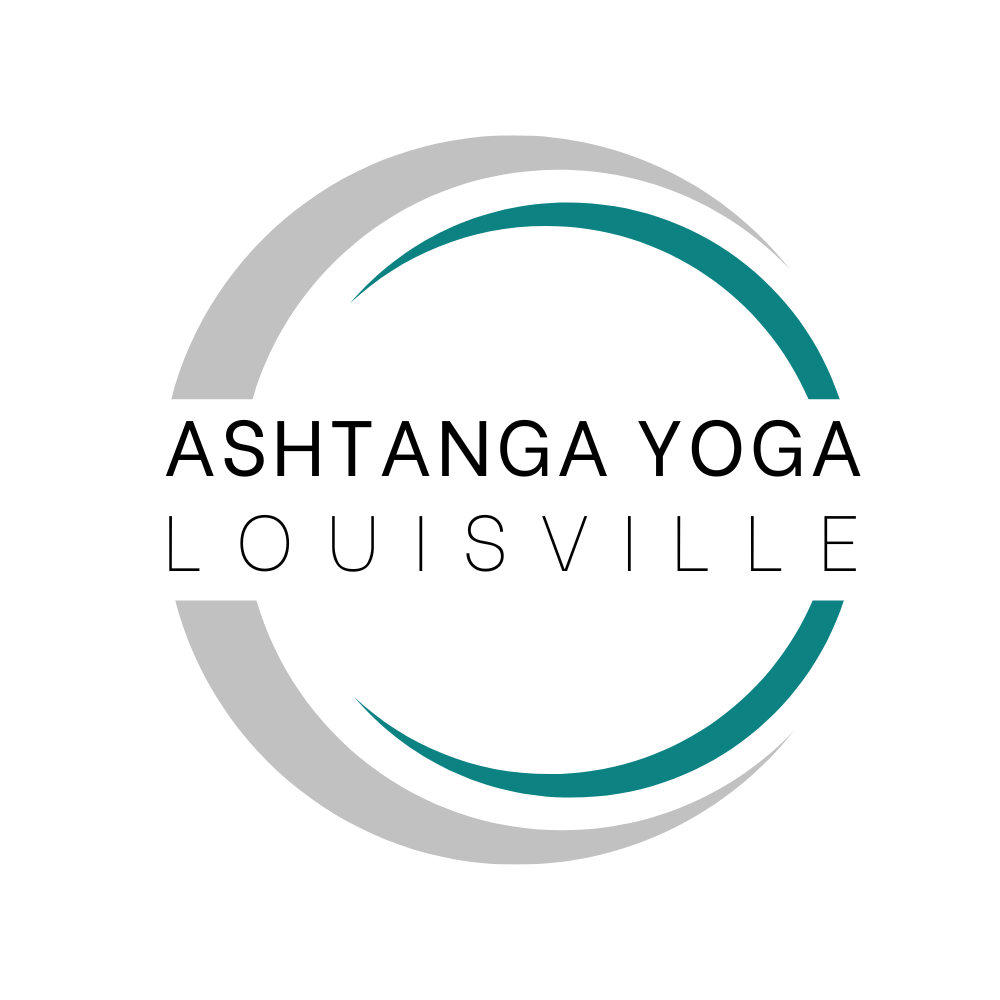Happy Hump Day! Can you believe it’s almost June? The days are rolling by so quickly, so I hope you’re making the most of each one. Something came to mind the other day, so I figured I’d write about it since it may be something that has come to mind for you at some point in your own practice. Or perhaps, you’re a teacher and this is something you can relate to.
Physical adjustments have come to be a staple of the Ashtanga Yoga system. Between past photos of Pattabhi Jois holding down a young Sharathji’s knees in Supta Vajrasana with just his feet, to more recently the emergence of adjustment workshops and the discussion around the appropriateness of being hands-on with a student, it’s always in the conversation. There are plenty of differing opinions about whether physical adjustments are good, bad, right, wrong, helpful, or hurtful, and everyone is entitled to their own opinion.
If you’ve ever taken a class with me, whether Mysore-style or a led class, you might notice I’m – for the most part – very conservative when it comes to giving physical adjustments. It has seemed in the past that some students are a little confused, or even disappointed, by this approach, seeing as how Ashtanga’s reputation is that of relying heavily on physical adjustments as a part of the learning process and building the student/teacher relationship. It’s not that I don’t agree that they can be extremely beneficial to help students feel what they might not otherwise under their own strength and flexibility, but my viewpoint has been developed through my own experiences over the years. Let me explain…
As a beginner Ashtanga student, my teacher Laura was pretty hands off with adjustments. She had extensive experience teaching not only Ashtanga, but Hatha yoga, too, through which she became skilled at verbal instruction and demonstration. I completed many hours of teacher training under her guidance, and naturally followed suit and developed the same philosophy as I began teaching my own students. I think this same process is visible with a lot of Ashtanga teachers. If their teacher was more hands on, they then tend to be, and vice versa. Again, not good or bad, just different.
That said, I didn’t receive many physical adjustments in all the years I’ve practiced Ashtanga. I’m a fairly flexible person, so I wasn’t receiving adjustments for the typical postures one might need help with (i.e. Maricyasana C & D, Supta Kurmasana, etc.). Because I am so used to not being touched, I’ve actually become a bit resistant to physical adjustments. There are very few poses I enjoy being adjusted in for no other reason than I’ve just kind of been conditioned to feel that way.
Lastly, I feel there has been a little bit of a shift in the paradigm of Ashtanga Yoga and its reliance on adjustments. While assisting in the Shala in Mysore, I found that there were very few postures that students were receiving help with. In Primary series, mainly Utthita Hasta Padangushtasana, Mari C & D, and Supta Kurmasana. In Intermediate Series, mainly Pasasana, Kapotasana, and Karandavasana. Everyone received assistance with back bending if they were working on dropping back.
As you can see, my teaching style has been heavily influenced by my own experience as a student. I know that some students love receiving physical help, and they greatly benefit from it. Sometimes I even feel bad if I sense that’s what a student is looking for, but I don’t feel it’s necessary. In that situation, I remind myself that just because we differ in how we teach/learn doesn’t mean I don’t have something to offer that student, and the best way I can serve them and develop trust in our relationship is by being authentic and providing the teaching in the best, most effective way I know how.
What are your thoughts? Do you love adjustments? Do you hate them? If you’re a teacher, do you prefer verbal cues or physical adjustments? What was the main source of feedback from your teacher, and do you feel your teaching reflects that? Let me know in the comments!

